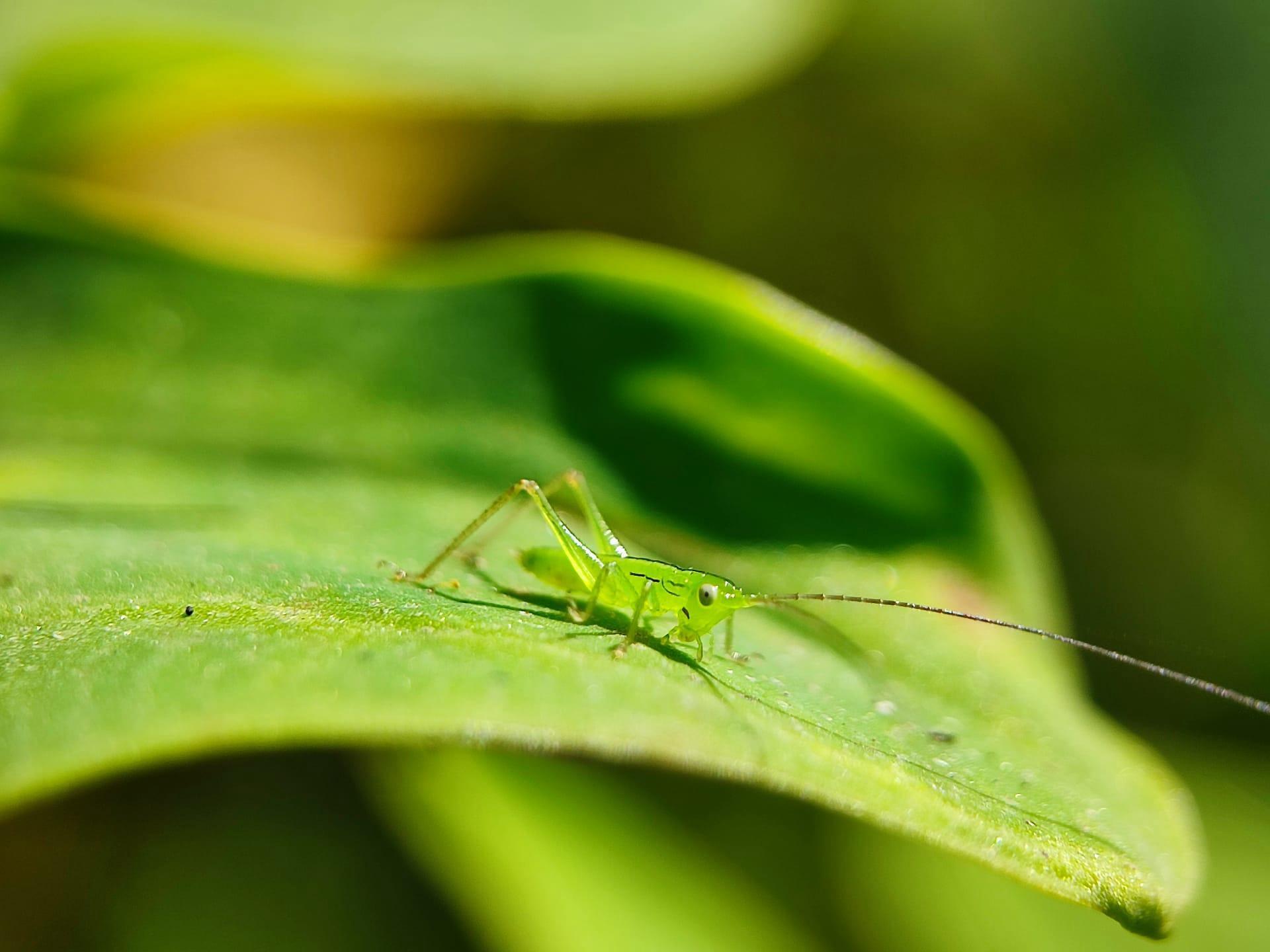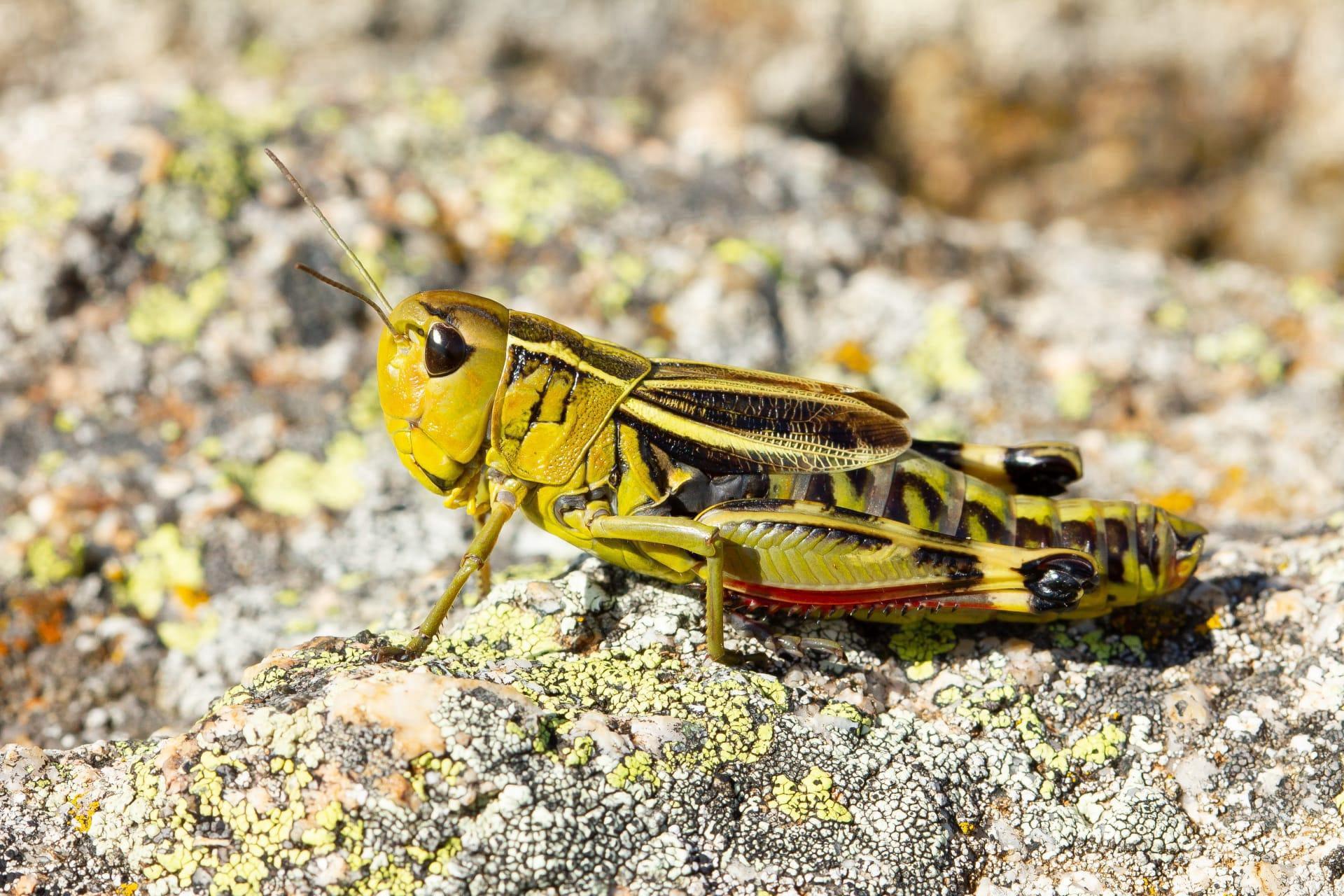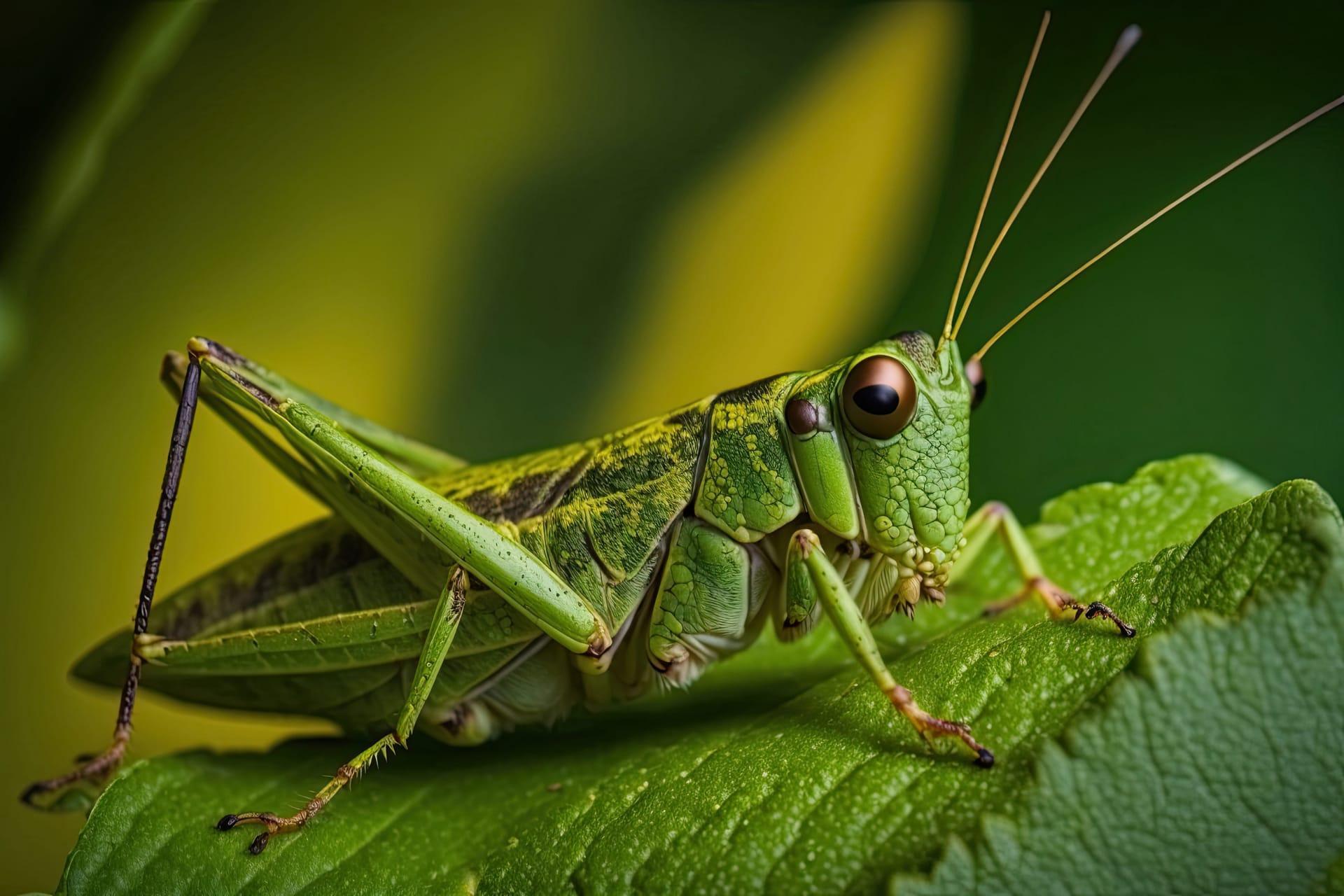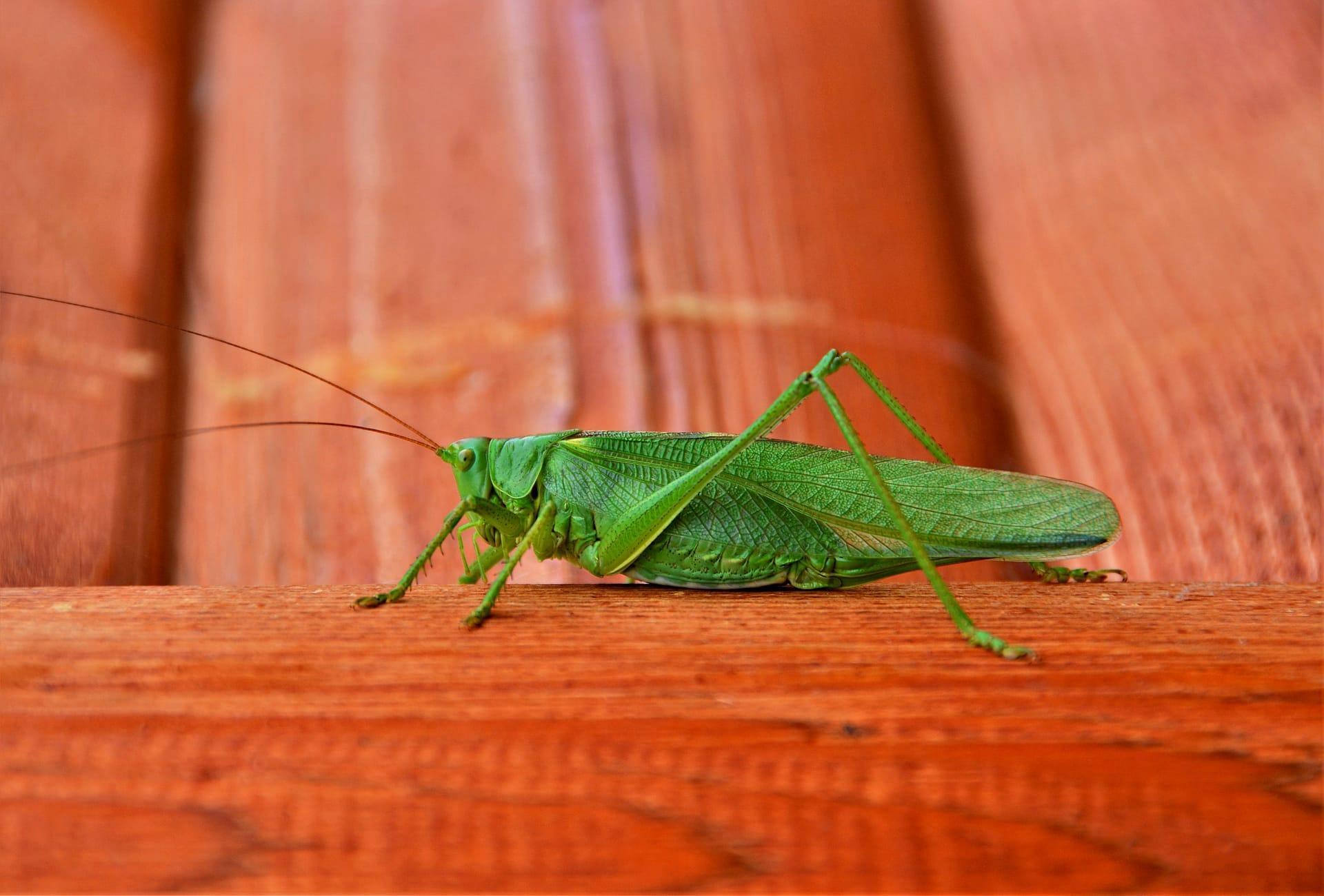1
Grasshoppers are remarkable for their long hind legs, designed for jumping. These legs act like miniature catapults. They can propel the grasshopper up to 20 times its body length in a single leap. For a human, that's equivalent to jumping the length of a basketball court! This incredible jumping ability is due to the storage of energy in the muscles of the hind legs. When a grasshopper prepares to jump, it contracts these muscles, building up potential energy, which is then rapidly released to create the powerful thrust needed for takeoff.
Another fascinating fact about grasshoppers is their breathing system. Unlike humans who breathe through lungs, grasshoppers breathe through a series of small openings called spiracles along the sides of their bodies. Air flows through these spiracles into a network of tracheae, delivering oxygen directly to their cells. This system allows for efficient gas exchange, vital for their high-energy activities like jumping. Interestingly, this also means grasshoppers don't have a nose or require a diaphragm for breathing.

2
Did you know grasshoppers have been around for a very long time? Fossil records indicate that they existed over 250 million years ago, predating the dinosaurs. This makes them one of the oldest living groups of chewing herbivorous insects. Their long evolutionary history has allowed them to adapt and survive through various environmental changes, contributing to their wide distribution today.
Grasshoppers also play a unique role in the ecosystem as bioindicators. This means their presence, absence, or abundance can tell us a lot about the health of an environment. For example, a high number of grasshoppers might indicate a healthy, undisturbed ecosystem, while a decline could signal environmental problems like pollution or habitat loss. Scientists often study grasshopper populations to monitor ecosystem changes and assess environmental quality.

3
Grasshoppers have an interesting method of communication: they 'sing' by rubbing their hind legs against their wings, a process known as stridulation. Each species of grasshopper has its own distinctive song used to attract mates or ward off predators. These songs vary in rhythm, frequency, and duration, and are an essential part of their mating rituals. It's fascinating to think how these tiny creatures create music just by moving their body parts!
Another remarkable aspect is their diet. Grasshoppers are primarily herbivores and have a strong preference for green leaves, grasses, and cereals. They have powerful jaws which can chew through tough plant material. Interestingly, their diet can impact their behavior and biology. For example, grasshoppers consuming a high-protein diet tend to grow faster and become more aggressive compared to those with a diet lower in protein.

4
Grasshoppers experience an incredible transformation during their lifecycle. They undergo incomplete metamorphosis, starting as an egg, then progressing through various nymph stages before becoming an adult. Unlike butterflies, there’s no cocoon or pupa stage. Nymphs look like miniature adults but without fully developed wings. As they grow, they shed their exoskeleton multiple times in a process called molting, until they reach maturity. This gradual development allows them to adapt to their environment as they grow.
Grasshoppers have compound eyes, providing them with a broad field of vision. These eyes are made up of thousands of tiny lenses, allowing them to detect movement in various directions. This is crucial for spotting predators or prey. They also have three simple eyes, known as ocelli, which are more sensitive to light and dark. This combination of complex and simple eyes ensures they are well-equipped for survival in their habitats.

5
Grasshoppers are known for their impact on agriculture. They are often considered pests because they can consume large quantities of crops. In fact, a single swarm of locusts, which are a type of grasshopper, can consume crops that would feed thousands of people. Their feeding habits can lead to significant agricultural damage, making them a major concern for farmers and a subject of pest control studies.
On a lighter note, grasshoppers are considered a delicacy in some cultures. They are high in protein and low in fat, making them a nutritious and sustainable food source. In many parts of the world, grasshoppers are roasted, fried, or ground into a powder and used in various dishes. This practice highlights the diverse ways in which different cultures interact with and utilize the natural world around them.